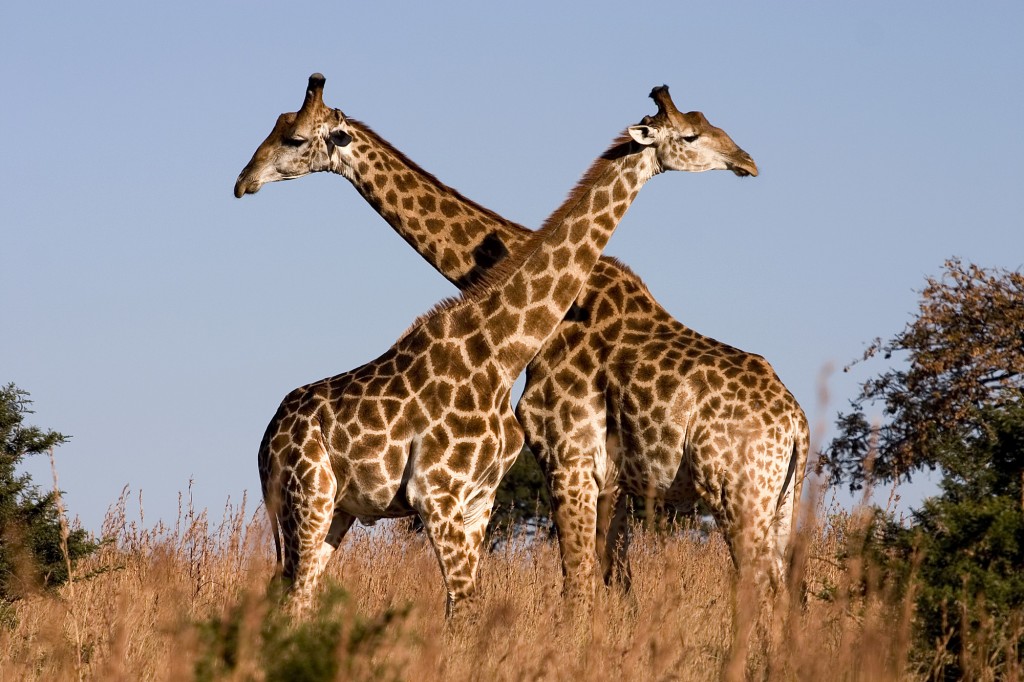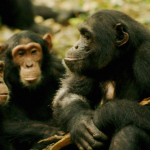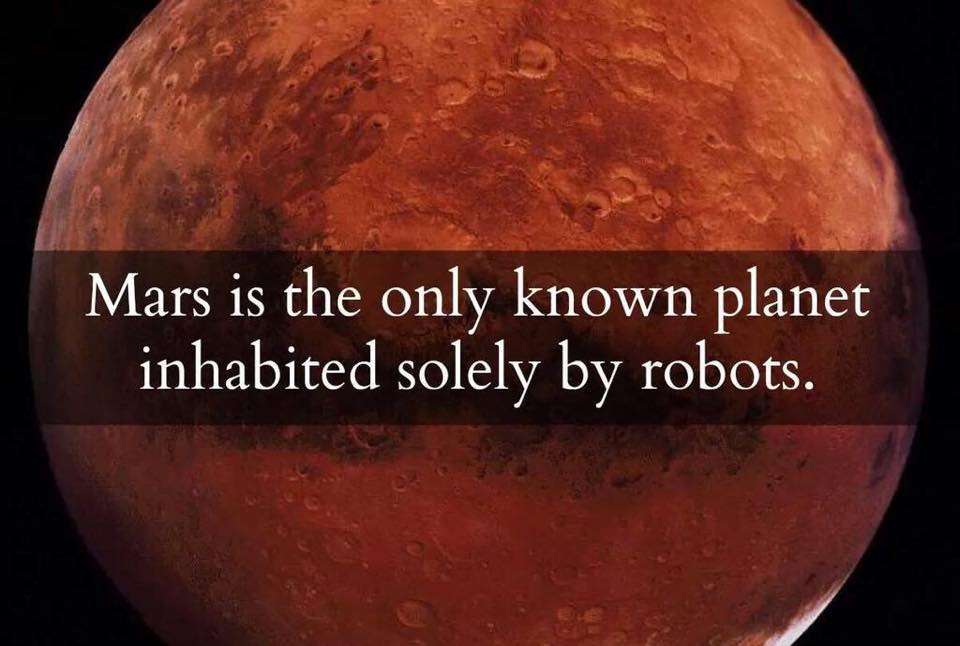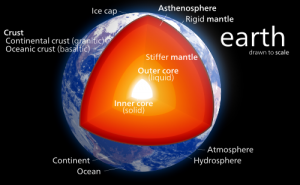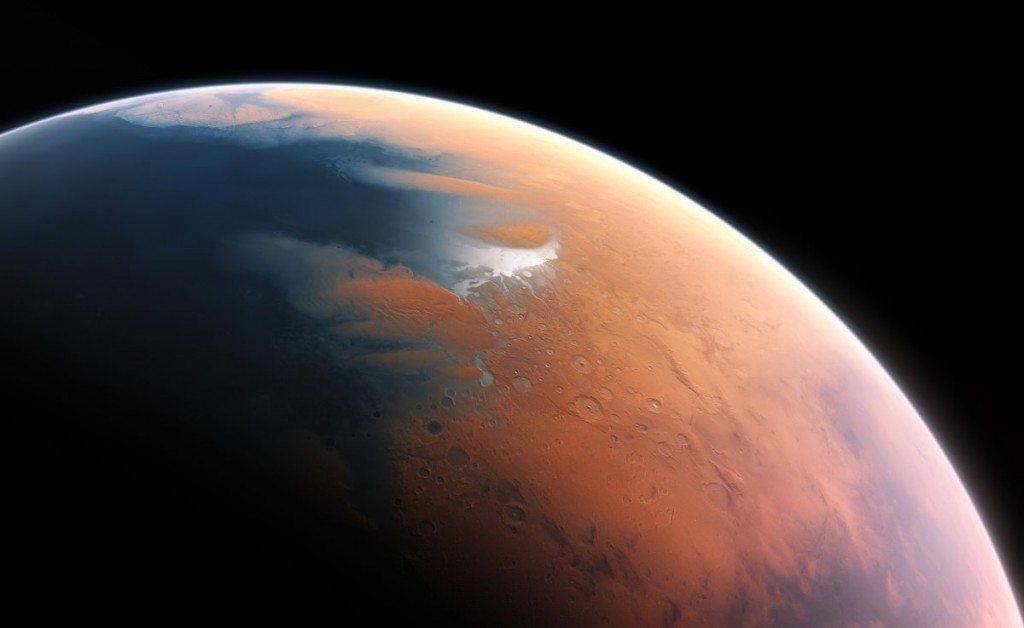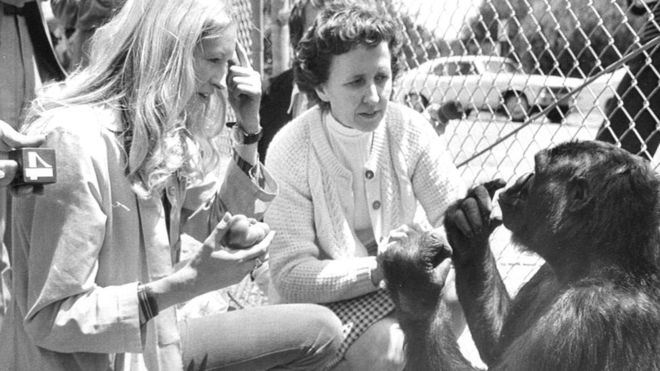
Koko the gorilla, who is said to have been able to communicate by using more than 1,000 hand signs, has died in California at the age of 46.
Instructors taught her a version of American Sign Language and say she used it to convey thoughts and feelings.
The abilities of the gorilla, who also apparently understood some spoken English, were documented by animal psychologist Francine Patterson.
She adopted and named pets, including a kitten she called All Ball.
Read the Full Story on BBC.
(Photo courtesy of Getty Images)







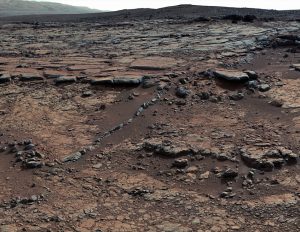 The Medusae Fossae Formation rises near the equator of Mars. The soft rock has been carved by wind erosion into a collection of ridges, valleys and striking mesas. It’s massive. It’s strange. And scientists are now tracing its origin to explosive volcanic activity in Mars’ deep past.
The Medusae Fossae Formation rises near the equator of Mars. The soft rock has been carved by wind erosion into a collection of ridges, valleys and striking mesas. It’s massive. It’s strange. And scientists are now tracing its origin to explosive volcanic activity in Mars’ deep past.